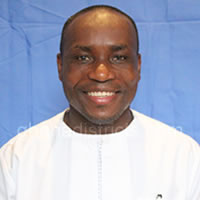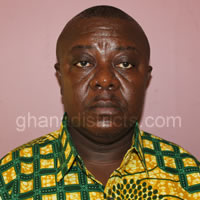Introduction
The overall development of a country is based on the production of goods and services. Critical to the production process is the human capital of the country. Although all persons irrespective of age and sex consume goods and services produced, only a section of the total population produces them: a section of the working population often referred to as the “employed”. Generally, it is assumed that the larger the employed population, the more wealth is created leading to the general well-being of the population. Statistical data on economic activities and economic characteristics of the population are therefore vital for planning. This chapter discusses the economic characteristics of the population in the Ellembelle District including the type of economic activity, occupation, industry, institutions and employment status.
Economic Activity Status
The question on economic activity was asked of all persons five years and older who are engaged in any activity for pay (cash or kind) or profit or family gain for at least one hour during the seven days preceding census night.
Table 4.1 on population 15 years and older by activity status and sex shows that out of the total of 53,036 in the district who answered the question on activity status, 58.8 percent are economically active whereas the remaining 41.2 percent are economically not active.
Out of the proportion of the economically active population, 94.8 percent are employed with the proportion of males (94.8%) almost the same as that of females (94.9%). About 50 percent (5.2%) are unemployed with the percentage of females (5.1%) almost the same as that of males (5.2%). Thus, there are no significant variations between the male and female population in the district as far as employment is concerned.
For the proportion of the economically not active population who constitute 41.2 percent, the table shows that the percentage of the female population was slightly higher (42.2%) compared with their male counterparts (40.1%). It is further shown from the table that more females (29.1%) are engaged in household chores compared with the males (19.2%) while a higher percentage of males are engaged in full time education (54.5%) as against the proportion of the female population (39.1%).
Financial Institutions
The existing financial institutions in the district are the Nzema Manle Rural Bank with its headquarters at Awiebo; also have branches at Asasetre and Aiyinase. The Lower Ankobra Rural Bank is also located in Esiama. Small – scale agro – processors, small-scale businesses, and farmers have limited access to credit facilities from these institutions.
The District Assembly through its Poverty Alleviation Fund (PAF) also gives credit to farmers and small business. However, this is limited and unreliable due to repayment problems.
Date Created : 11/20/2017 3:42:17 AM





 facebook
facebook X (twitter)
X (twitter) Youtube
Youtube +233 593 831 280
+233 593 831 280 0800 430 430
0800 430 430 GPS: GE-231-4383
GPS: GE-231-4383 info@ghanadistricts.com
info@ghanadistricts.com Box GP1044, Accra, Ghana
Box GP1044, Accra, Ghana